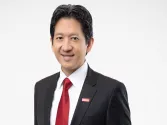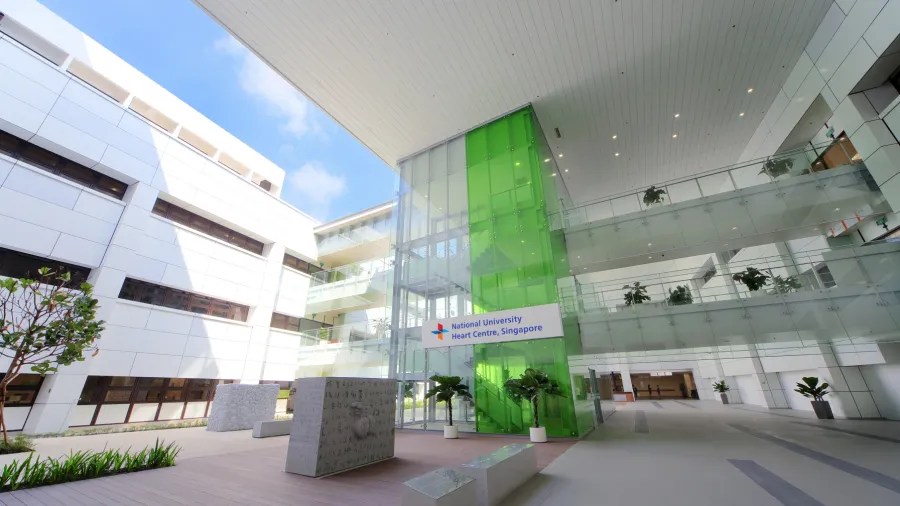
NUHCS to start using breakthrough drug for rare lung condition
Winrevair, which treats hypertension from constricted lung arteries, costs $3,700-$6,730
The National University Heart Centre, Singapore (NUHCS) will start using sotatercept (Winrevair) to treat high blood pressure due to constricted lung arteries, a rare illness that affects one in 5,000 Singaporeans.
“Over the last 20 years, we’ve only had three main classes of medication for pulmonary hypertension,” James Yip, executive director at NUHCS, told Healthcare Asia. “This year, Singapore will gain access to a proven fourth-line drug that’s set to enter the market soon — sotatercept.”
One vial of the treatment for pulmonary arterial hypertension (PAH) that is given every three weeks can cost as much as $6,730 (S$9,000) and as low as $3,700 (S$5,000) depending on means testing, said Yip, a cardiologist whose dream is to turn the illness into a manageable condition like diabetes.
The injectable compound could be given to PAH patients of the state hospital who have been on standard medication for years, he added.
The Singapore Health Sciences Authority approved MSD’s Winrevair in September, making the city-state the first country in Asia to give the drug a nod. The US Food and Drug Administration (FDA) approved Winrevair six months earlier.
It costs about $14,000 (S$19,000) per vial in the US.
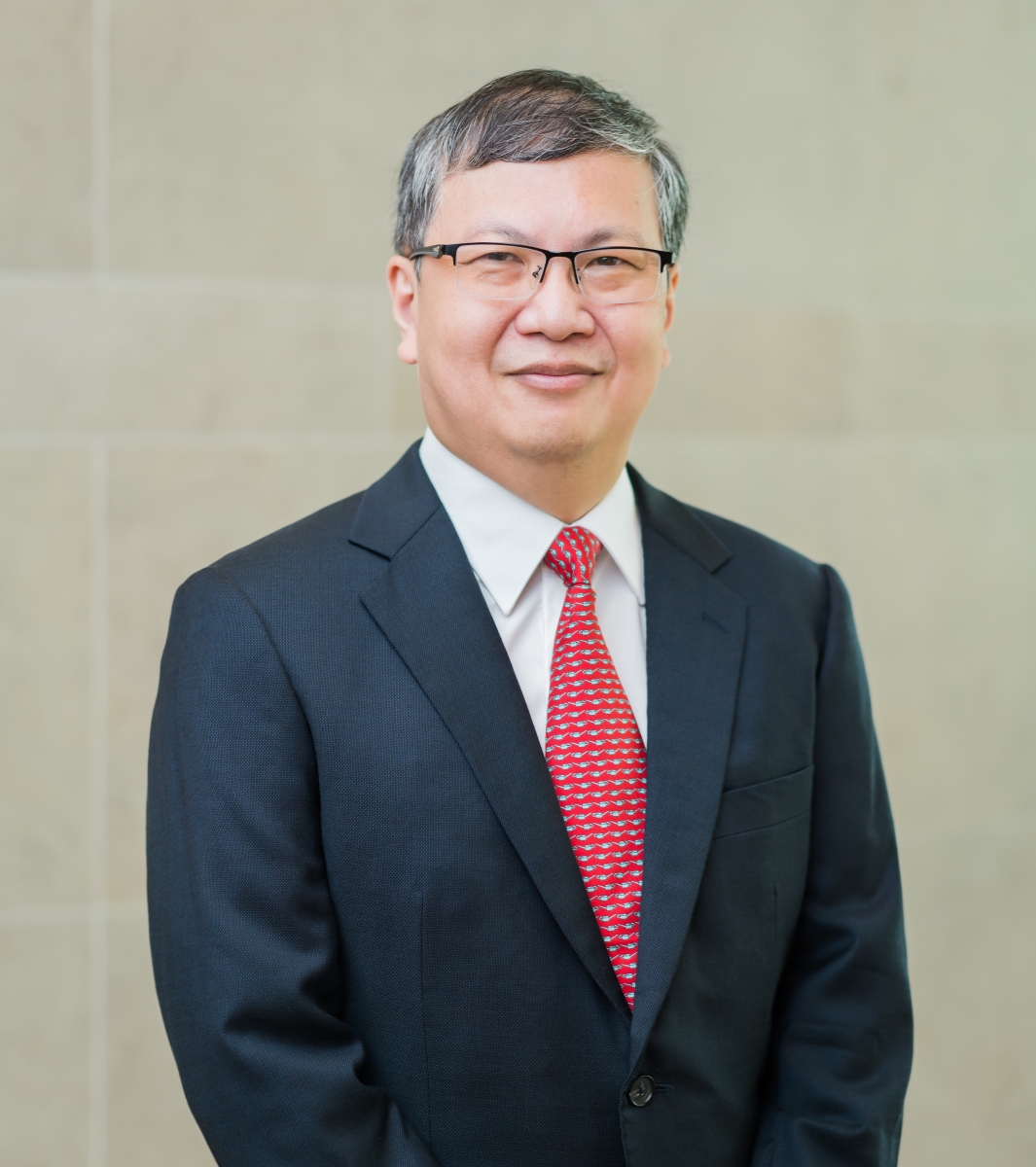
Yip noted that with no cure for PAH on the horizon, early detection is critical. “For patients who are critically ill, the last and final treatment offered is a lung transplant,” he said.
But getting the procedure in Singapore is difficult. “We don’t perform enough lung transplants. In fact, we haven’t done any since COVID because there are no suitable donors. It’s also very costly, that’s why early detection is important.”
With a survival rate comparable to stage 2 cervical cancer when left untreated, pulmonary arterial hypertension is often mistaken for something less severe because of generic symptoms such as shortness of breath, fatigue, and leg swelling, the doctor said.
The rare hypertension, like a typical one where the pressure in your blood vessels is consistently too high, also makes the heart work harder to pump blood, eventually causing heart failure.
Yip noted that globally, diagnosis is one-and-a-half to two years from when symptoms show up. In Singapore, it is roughly a year, and Yip still sees room for improvement. “Our job is to engage the public, the general practitioners, and fellow specialists.”
NUHCS, along with the National Heart Centre Singapore, has been active in global clinical trials for drugs against high blood pressure due to constricted lung arteries.
“Since around 2005, we’ve been conducting clinical trials,” Yip said. “To date, we’ve completed about 14 to 15 global trials. We ensure that we have at least two or three ongoing [trials] every year.”
Cloud-based diagnosis
Yip, who is also a joint associate professor at the Saw Swee Hock School of Public Health, said the centre holds campaigns to inform people about typical hypertension and high blood pressure in the lungs. “Everyone knows the ‘normal’ high blood pressure, but this is a different kind.”
He said 30% of those with pulmonary arterial hypertension have no known cause for their condition, so early screening is wise. “We need to educate them because the next member of their family may also get it.”
To confirm the disease, a person must first take a heart ultrasound, which can be both time- and labour-intensive. “It takes about an hour to complete and must be conducted by a trained technician.”
Yip said NUHCS is looking at artificial intelligence (AI) to help them assess ultrasound images. “Handheld echocardiography with cloud-based AI diagnosis devices is now available. They help individuals without prior training learn how to perform heart scans in less than a week, compared with the one year it usually takes.”
The hospital is also exploring other methods such as computed tomography (CT) scans and magnetic resonance imaging (MRI), though their use in pulmonary hypertension shows slow progress.
“Eventually, AI will further assist in analysing these scans, allowing us to make accurate diagnoses without requiring highly specialised or extensively trained personnel to interpret the results,” Yip said.
Yip also cited Singapore's role in global organisations like the Pulmonary Vascular Research Institute, where he is one of the Southeast Asia Task Force leads and coordinates regional events.
He added that NUHCS keeps strong regional connections. The PAH Asia Pacific consortium has 56 active pulmonary hypertension specialists across eight countries who are working together to publish their experience, he said.
S$1 = $0.75

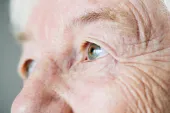

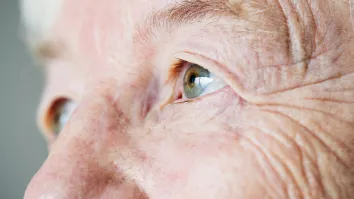
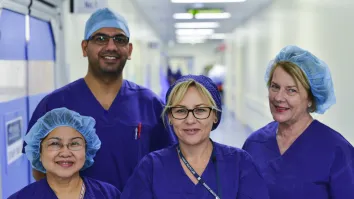














 Advertise
Advertise


